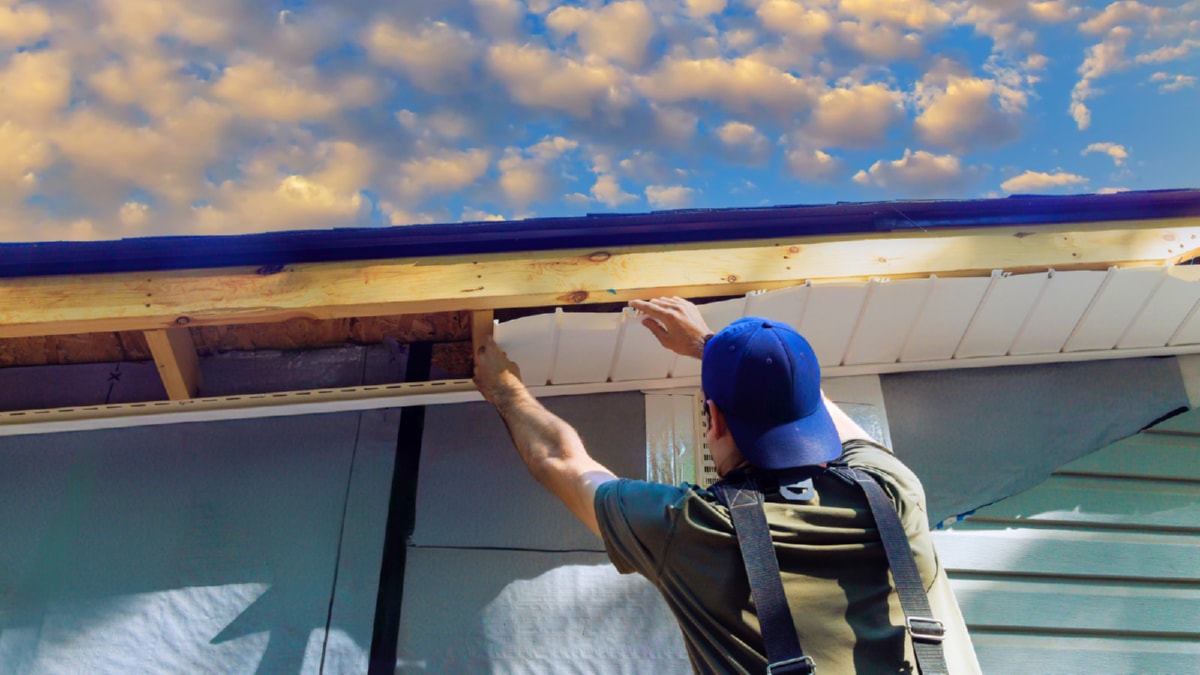As we surge into the 21st century, the demand for sustainable trends in modern architecture is growing exponentially. This demand has given rise to a new approach known as Green Construction. It focuses on creating structures that are environmentally friendly and resource-efficient throughout a building’s life-cycle.
The concept of green construction is not just limited to the effective use of resources, but it also considers the environmental impact during the design, construction, operation, and demolition stages. It aims to create buildings that reduce the overall impact on human health and the natural environment.
One of the most significant trends in green construction is green building materials. These are materials that are non-toxic, improve occupancy health, lower costs, and provide better energy efficiency. The use of materials like recycled metal, bamboo, reclaimed stone/brick, and other recycled materials significantly reduces the amount of waste that would otherwise end up in landfills.
Another trend gaining momentum is energy-efficient design. This is where architects design buildings to harness natural light and ventilation, reducing the dependence on artificial lighting and heating/cooling systems. This approach, coupled with the use of solar panels, wind turbines, and other renewable energy sources, can make buildings self-sufficient, reducing energy costs and emissions.
Water efficiency is also a crucial aspect of green construction. By using low-flow fixtures, rainwater harvesting systems, and efficient irrigation methods, architects can significantly reduce a building’s water usage. These systems not only help conserve water but also reduce the energy used for heating water.
Green construction also emphasizes indoor environmental quality. This involves using non-toxic materials and improving ventilation to prevent indoor air pollution. It also includes using materials that enhance physical comfort and reduce stress.
Moreover, green construction promotes site sustainability. It encourages the use of the site’s natural features to integrate the building into the landscape, rather than disturbing the ecosystem. This could involve preserving existing vegetation, using local materials, or designing the building to adapt to the site’s topography.
Another fascinating trend in green construction is green roofs and walls, which not only provide insulation but also reduce the heat island effect. These living roofs and walls can absorb rainwater, provide insulation, create habitats for wildlife, and offer pleasing aesthetics.
Lastly, the trend of adaptive reuse is gaining popularity in the green construction field. This involves repurposing old buildings for new uses, thereby preserving historic architecture and reducing waste and consumption of new materials.
In conclusion, green construction is more than just a trend; it’s a necessary shift in how we think about architecture and construction. These sustainable trends are not only beneficial for the environment, but they also provide economic benefits and improve the quality of life. They represent a future where architecture and nature coexist harmoniously, paving the way for a sustainable and green future. This deep dive into green construction is just the tip of the iceberg; the field is continually evolving as technologies advance and our understanding of sustainability grows.
For more details, check best masonry services or visit their business listing here.



